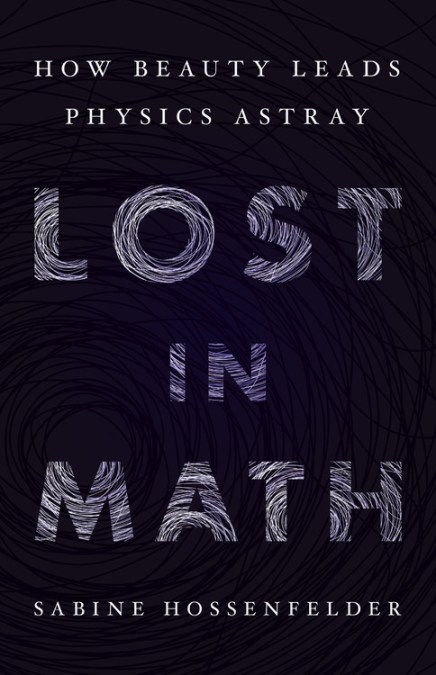
Theoretical physicist Hossenfelder, the author of Lost in Math: How Beauty Leads Physics Astray, includes
10. Precision
The human brain is much more noisy and less precise than a neural net running on a computer. This means the brain basically cannot run the same learning mechanism as a neural net and it’s probably using an entirely different mechanism.
A consequence of these differences is that artificial intelligence today needs a lot of training with a lot of carefully prepared data, which is very unlike to how human intelligence works. Neural nets do not build models of the world, instead they learn to classify patterns, and this pattern recognition can fail with only small changes. A famous example is that you can add small amounts of noise to an image, so small amounts that your eyes will not see a difference, but an artificially intelligent system might be fooled into thinking a turtle is a rifle.
Sabine Hossenfelder, “10 differences between artificial intelligence and human intelligence” at BackRe(Action)
As AI types like to say, the system is so easily fooled because it doesn’t “know” anything. We are slowly learning, in consequence, more about what it means for a human being to “know” something.
See what deep learning vision made of a teapot (golf ball?) How about the school bus as a punching bag?
See also: Sabine Hossenfelder dusts off superdeterminism.
Follow UD News at Twitter!